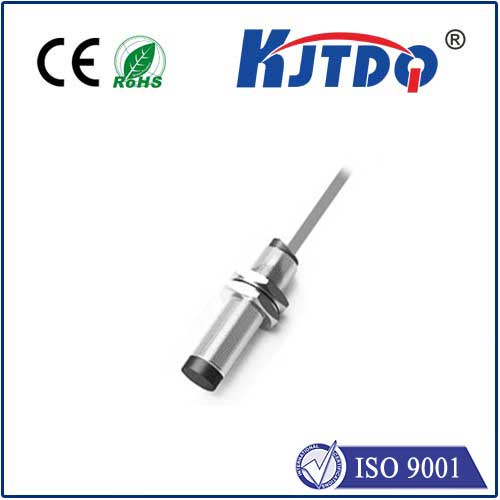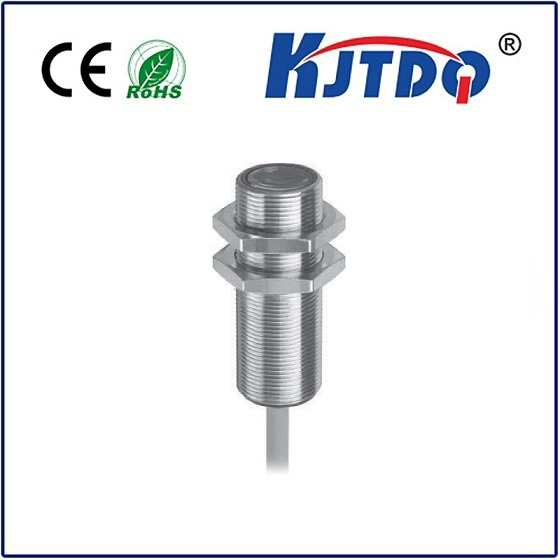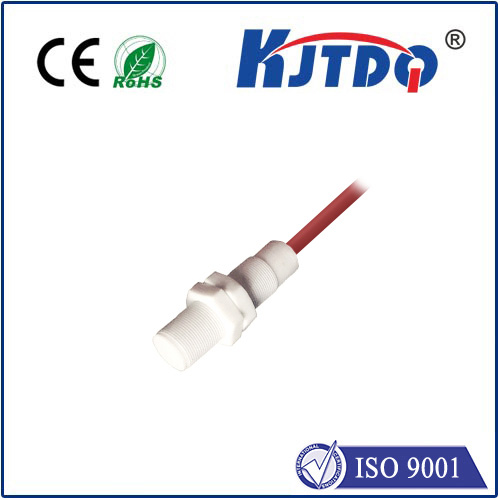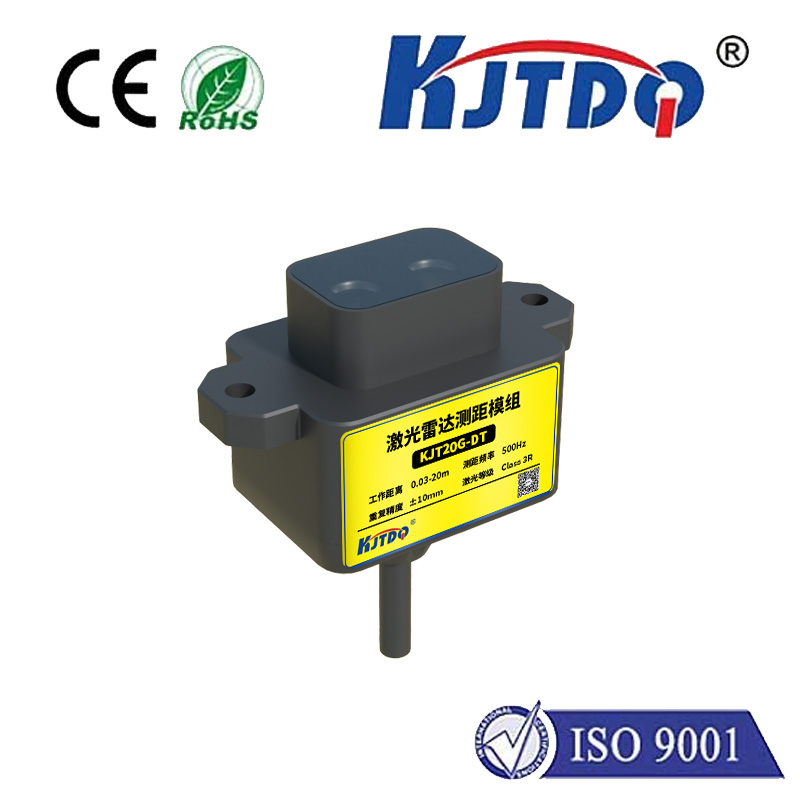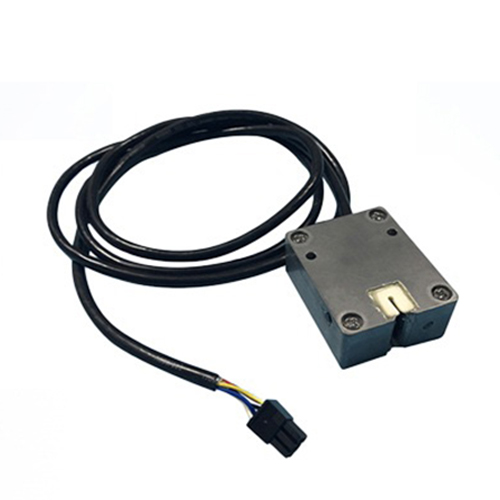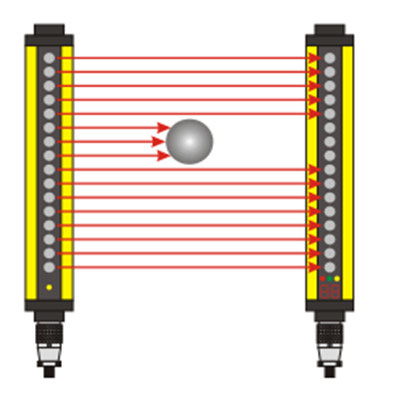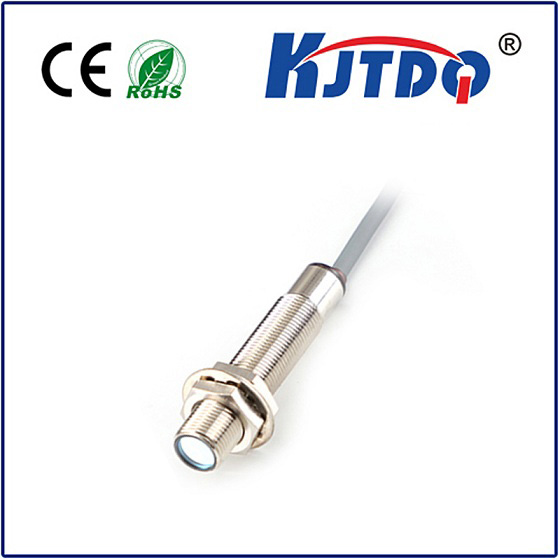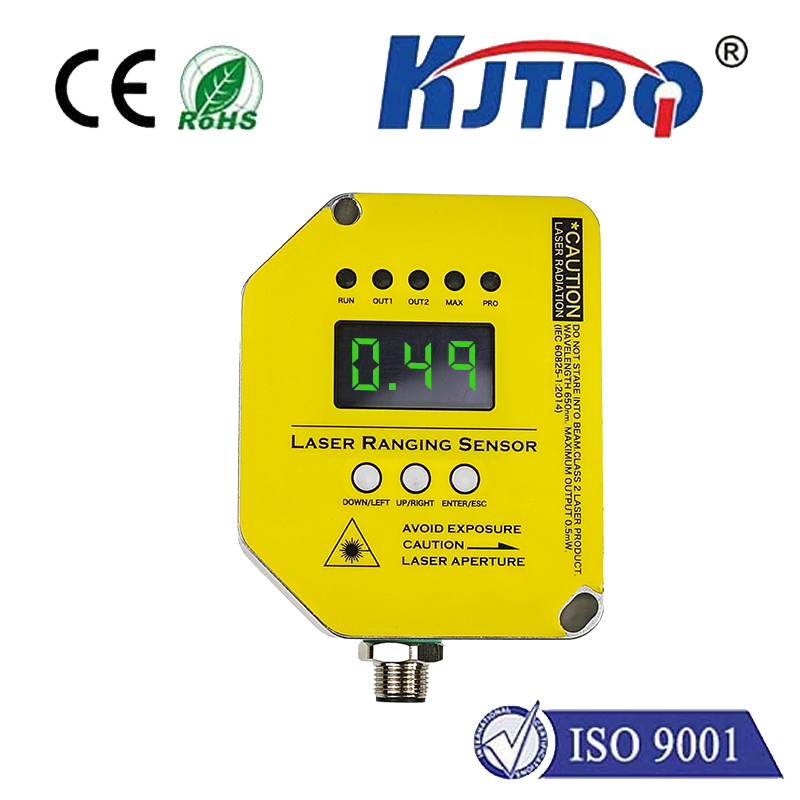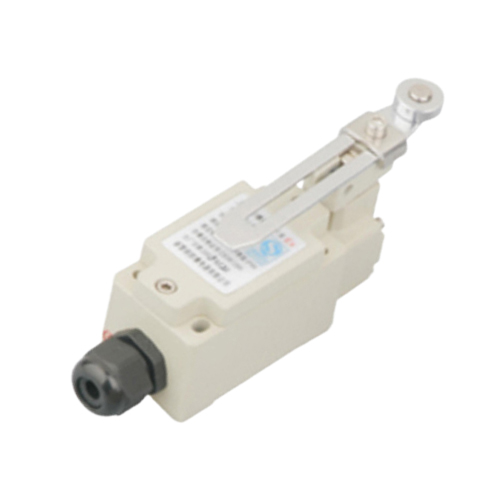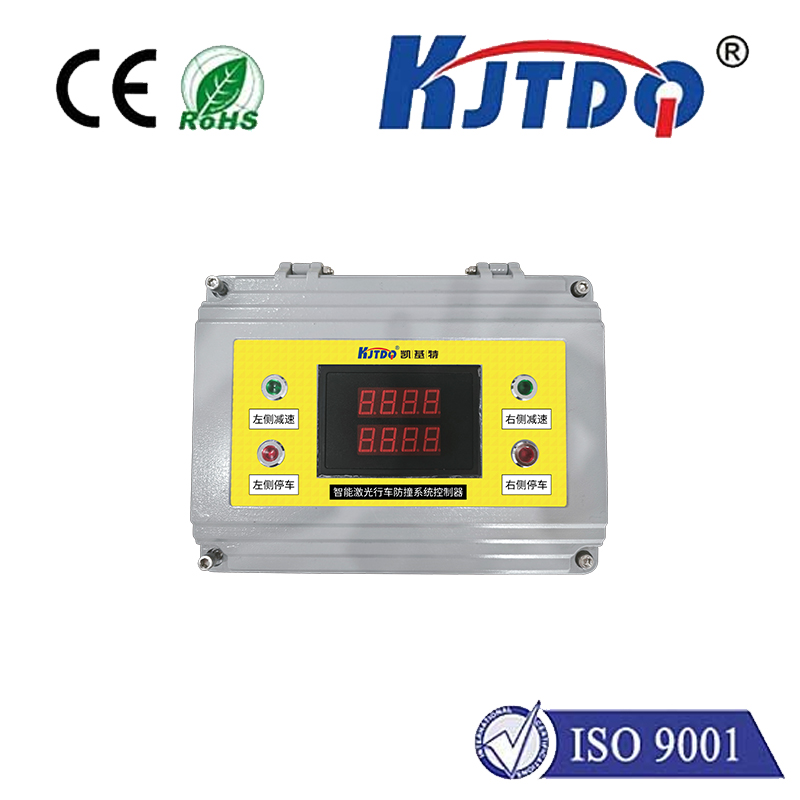

check

check

check

check

check

check

check

check

check

check
What happens when your smartphone dims as you lift it to your ear? How does an intricate assembly line sense a metal part without physical contact? The invisible heroes behind these everyday marvels are proximity sensors. These non-contact detection devices silently monitor presence, distance, and position across countless industries. Understanding the different types of proximity sensors is crucial for engineers, designers, and anyone curious about the technology shaping automation and convenience. Let’s delve into the six fundamental categories, exploring their unique capabilities and applications.
1. Inductive Proximity Sensors: Masters of Metal Detection
Inductive proximity sensors reign supreme in industrial metal detection. Their operation hinges on electromagnetic principles. The sensor generates an oscillating electromagnetic field via a coil. When a ferrous (iron-containing) or non-ferrous (e.g., aluminum, copper) metal object enters this field, it induces minute electrical currents called eddy currents on the metal surface. This dampens the oscillation, which the sensor’s electronics detect, triggering an output signal.
2. Capacitive Proximity Sensors: Detecting Almost Anything
Imagine a sensor that can “feel” the presence of materials through containers or gaps. Capacitive sensors achieve just that. They operate similarly to a capacitor – two conductive plates separated by a dielectric. The sensor forms one plate; the ground acts as the other. Any object entering the electrostatic field changes the capacitance. The sensor detects this change, triggering its output.
3. Photoelectric Sensors: The Power of Light Beams
Photoelectric sensors utilize light – visible, infrared (IR), or laser – for detection. They consist of a light emitter (usually an LED) and a receiver. The presence of an object is detected based on its effect on the light beam. There are three main operating modes:
Through-Beam: The emitter and receiver face each other. An object breaks the beam, causing detection. Longest range and highly reliable.

Retroreflective: Light from the emitter bounces off a reflector back to the receiver. An object breaking the path triggers detection. Easier alignment than through-beam, but shorter range, vulnerable to highly reflective objects.
Diffuse (Proximity Mode): Both emitter and receiver are in one housing. Light hits the target and diffusely reflects back to the receiver. Range depends on target color and reflectivity. Simplest installation, shortest range.
Key Strengths: Long detection ranges (especially through-beam - sometimes >100m), capable of detecting virtually any object regardless of material (depends on opacity vs. wavelength), detects very small objects, can sense color or contrast variations.
Limitations: Performance affected by environmental factors like dust, fog, smoke, ambient light (differential mode helps), surface reflectivity/color (diffuse mode), precise alignment needed (through-beam/retroreflective), can be blocked by contaminants on lenses.
Typical Applications: Object counting on conveyors, position verification, breaking detection of webs/threads, bottle/container presence detection, automatic doors, security systems (light curtains), detecting transparent objects (special models).
4. Ultrasonic Proximity Sensors: Echoes of Detection
Inspired by nature (like bats), ultrasonic sensors emit high-frequency sound waves (typically 20 kHz to several hundred kHz) well above human hearing. They measure the time it takes for the sound wave to reflect off a target and return to the receiver. Distance is calculated based on the speed of sound.
5. Magnetic Proximity Sensors: Sensing the Force Around Magnets
Magnetic proximity sensors react specifically to permanent magnets. They typically come in two forms:
Reed Switches: Consist of two ferromagnetic metal reeds sealed in a glass tube. A nearby magnetic field causes the reeds to attract and contact each other, closing the circuit (akin to a switch). Passive, robust, but slower switching and lower vibration resistance.
Hall Effect Sensors: Utilize semiconductor technology. When exposed to a magnetic field, they generate a voltage (Hall voltage) proportional to the field strength. This is used to trigger a solid-state output. Solid-state reliability, faster switching, more sensitive, smaller, better vibration/shock resistance than reed switches.
Key Strengths: Simple operation with magnets (embedded in targets like cylinders), function reliably in extreme environments (dirt, oil, water, high temperatures), low power consumption, immune to non-magnetic interference.
Limitations: Requires a magnet as the target, detection range is usually very short (typically a few millimeters to centimeters), magnetic fields from unintended sources can cause false triggering.
Typical Applications: Position sensing in hydraulic/pneumatic cylinders (using embedded magnets), door/window security alarms (detecting magnet attached to the moveable part), speed sensing (rotating magnet detection), flow meters.
6. Infrared (IR) Proximity Sensors: Simple Presence Sensing
IR proximity sensors are a specialized, simpler subset of diffuse photoelectric sensors, commonly used for basic presence detection over very short ranges. They typically consist of an
